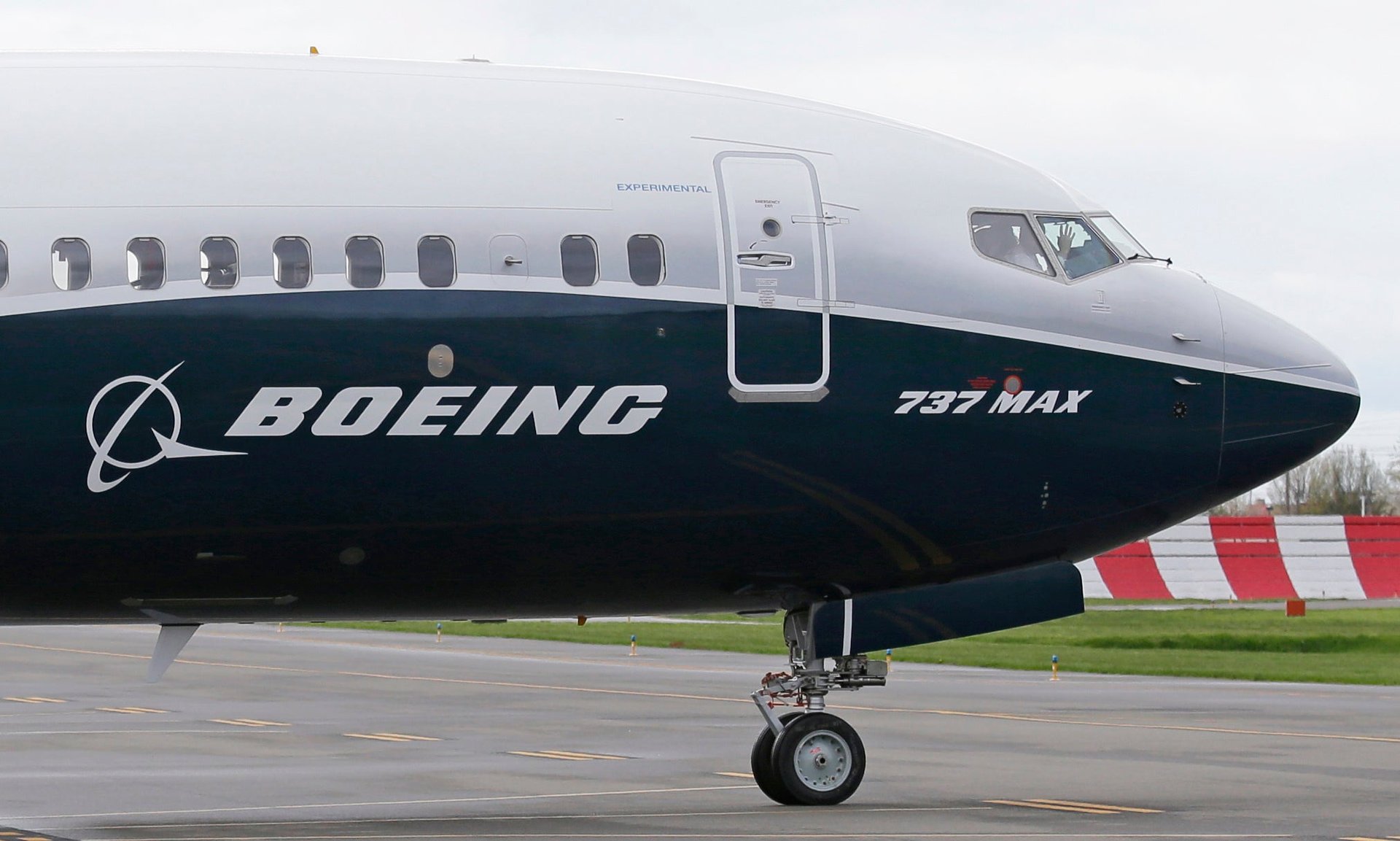Boeing will release a software update to make the 737 Max plane safer
The US Federal Aviation Administration said on Monday (March 11) the Boeing 737 Max aircraft, involved in two fatal crashes in less than six months, is safe to fly.


The US Federal Aviation Administration said on Monday (March 11) the Boeing 737 Max aircraft, involved in two fatal crashes in less than six months, is safe to fly.
Nevertheless, it’s working with Boeing on a software update due by April that would change some things about a new anti-stall flight system whose role gained attention in the wake of the first crash last October, when a Lion Air flight went down 13 minutes after takeoff, killing all 189 on board.
The second crash involving the aircraft occurred on Sunday, when an Ethiopian Airlines flight headed from Addis Ababa to Nairobi went down shortly after takeoff, killing all 157 people on board. The airline has grounded its fleet of 737 Max aircraft, as have China’s domestic airlines, Cayman Airways. Brazil’s Gol Airlines and Mexico’s Aeromexico (paywall) have also suspended 737 Max flights.
Following the Lion Air crash, US aviation authorities issued an emergency directive to carriers to update flight manuals with information on what to do when the aircraft’s anti-stall system is triggered by erroneous data from what’s called an “angle-of-attack” sensor. The flight system can react to that data by pointing the plane’s nose sharply downward. Boeing, meanwhile, directed airlines to a checklist in manuals for stabilizing the aircraft. Pilots said the crash and the directives that followed were the first time that they were made aware of these changes to the flight system.
The FAA’s Monday notification said Boeing is in the process of developing flight control system changes that will “provide reduced reliance on procedures associated with required pilot memory items,” a reference to the checklist for stabilizing the plane. Memory items are things of such importance that pilots should be able to easily remember to do them in a given situation without requiring written guidance.
There will also be changes to how the system, known formally as MCAS, is activated, how it responds to angle-of-attack signals, and a “maximum command limit” on the number of times it can engage, said the FAA, adding that it expects to issue an airworthiness directive mandating the software enhancement no later than next month.
A preliminary report in November from Indonesia’s air crash investigators didn’t assign blame for the crash, but described the desperate battle between the pilots of Lion Air JT610, and the anti-stall flight system, in which the pilots’ efforts to direct the plane’s nose up, were continually countered by the plane’s computer.
Boeing has in the past declined to comment on reports that it’s working on a software update involving its anti-stall flight system incorporated in the Max 8 and 9 models. On Monday, after the FAA notification, it detailed its work on the software update.
For the past several months and in the aftermath of Lion Air Flight 610, Boeing has been developing a flight control software enhancement for the 737 MAX, designed to make an already safe aircraft even safer. This includes updates to the Maneuvering Characteristics Augmentation System (MCAS) flight control law, pilot displays, operation manuals and crew training. The enhanced flight control law incorporates angle of attack (AOA) inputs, limits stabilizer trim commands in response to an erroneous angle of attack reading, and provides a limit to the stabilizer command in order to retain elevator authority.
According to the FAA, there are 387 of the 737 Max 8 and 9 aircraft flying worldwide, including 74 registered in the US.
The 737 Max is vital to Boeing, accounting for 47% of its commercial aircraft delivery in 2018, and over 90% of its unfilled orders, as of January.